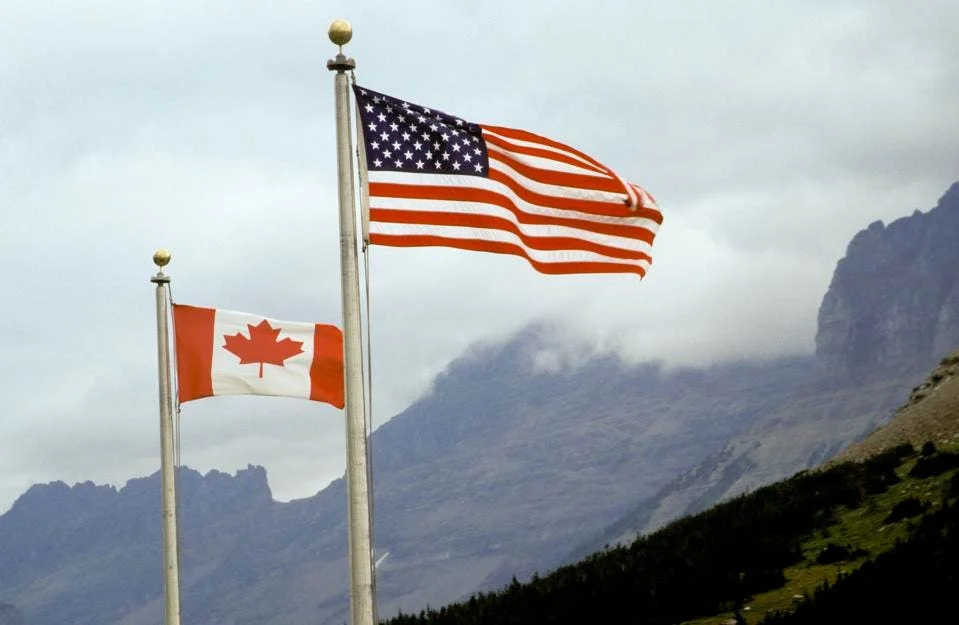
Cross-Border Slowdown: How The U.S.-Canada Travel Slump Impacts Border Towns, Climate, And Airlines
Hundreds of years of steady movement across the Washington-British Columbia border are now threatened by a sudden, dramatic downturn. What was once a seamless flow of people and commerce has slowed to a trickle, leaving border communities like Blaine, Washington, grappling with economic uncertainty, while raising new questions about climate and the future of North American travel.
The root of this disruption is both economic and geopolitical. Increased tensions between the U.S. and Canada, combined with shifting traveler behaviors, have led to a staggering drop: new data reveal that summer flight bookings on Canada-U.S. routes have plunged more than 70% year-over-year. This sharp decline goes beyond mere statistics—it is visibly hurting communities whose livelihoods depend on cross-border traffic.

Blaine, a small city of just 6,200 people, is feeling the squeeze. “There’s just no one around,” said Mike Hill, owner of a Chevron gas station whose sales have plunged by roughly half. The Canadian shoppers who used to buy gas, dairy, and other staples in the U.S. have largely disappeared, their absence felt not just in Hill’s bottom line but all over Whatcom County. “Canadians are like our brothers and sisters with just that border between us,” Hill lamented, expressing concerns shared by many local business owners.
Historically, Whatcom County has been a vibrant borderland, supporting trade and cultural exchange for centuries. That shared history now seems fragile, as diplomatic skirmishes and traveler boycotts take a tangible toll. The ripple effects extend well beyond the pumps: restaurants, stores, and tourist services report similar drops, raising the specter of long-term economic pain if the trend persists.
But this travel downturn is not only an economic issue. It may quietly set back climate progress, too. Canadians and Americans frequently opted for nearby international trips, a relatively low-carbon travel alternative. Now, with U.S. airlines cutting more than 320,000 seats on Canadian routes and ramping up long-haul flights to Europe—where demand for destinations like Italy, Slovenia, and Croatia is surging—the environmental cost is mounting.
The numbers are stark: a flight from New York to Toronto generates about 439 pounds of CO₂ per traveler, while a ticket to London produces nearly five times more. As U.S. tourists pivot to Europe to satisfy their wanderlust, the collective carbon footprint of American travelers surges as well.
There are, however, some buffers. Recent economic data suggest U.S. tourism is robust, drawing nearly two-thirds of its spending from domestic travelers. Tourism-related employment has surged to 10 million jobs, with the sector's GDP contribution ticking upward post-pandemic. Experts suggest that as outside travel falters, domestic tourism may cushion the blow—at least for the broader economy. For border towns like Blaine, though, the question remains: how long can they weather the storm with their lifeline to Canada frayed?
The fate of these communities—and the unseen environmental consequences of changing travel patterns—remains uncertain. Will U.S.-Canada relations thaw in time to revitalize the borderlands? Or is this a lasting shift with broader repercussions? Readers, what’s your take—do you see hope for a revival, or is this the new normal? Join the conversation below and share your perspective.